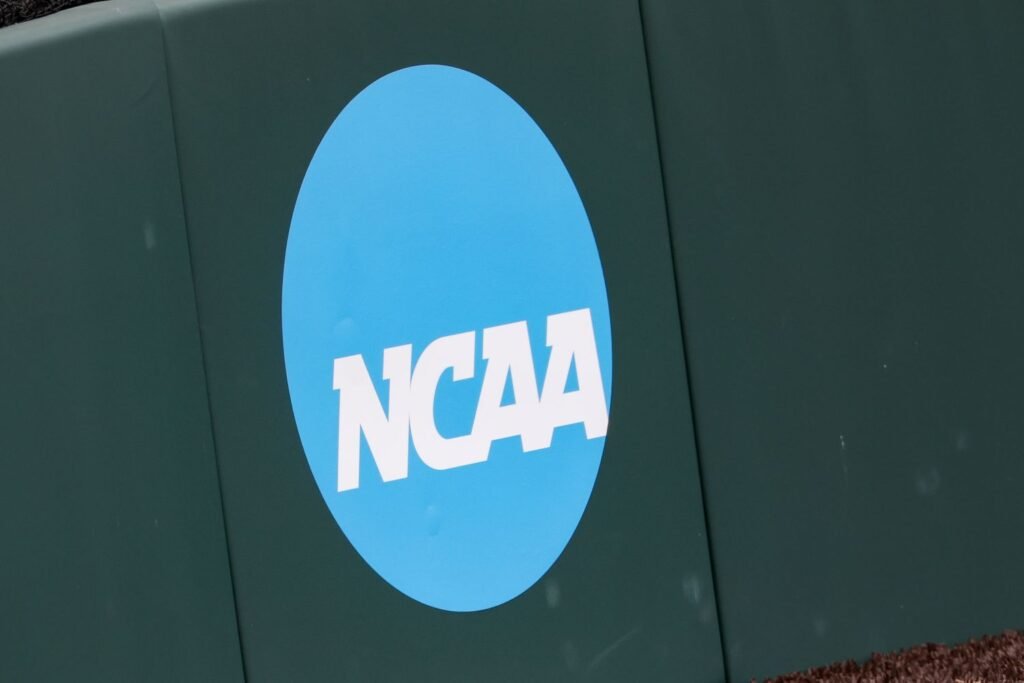:max_bytes(150000):strip_icc():format(jpeg)/GettyImages-2217229148-63f46d3fadfa4814b88fa7b381633dd2.jpg)
College athletes, now is the time to ace your retirement savings. Investing even small amounts of your income in your early 20s can lead to long-term security in your retirement. So get started now. Your future self will thank you.
With colleges and universities allowed to pay their student athletes directly and student athletes profiting from name, image, and likeness (NIL) agreements, there is much money for college athletes to make and invest.
Key Takeaways
- College athletes may now be paid by their college or university and make a profit from NIL agreements.
- Investing for retirement as a college athlete will give you more than 40 years of compounding interest. Even small contributions made now will have a huge impact.
- Begin investing with a Roth IRA, and when you’ve hit the maximum contribution amount, consider investing in taxable accounts.
Who Gets Paid and How Much?
Following a recent court settlement, former and current Division I athletes may be paid directly by colleges starting in 2025.
There’s a $2.8 billion settlement fund, which provides and future revenue sharing beginning in 2025–2026, said Gregory Vincent, an attorney with experience in NIL law and founder of Gregory J. Vincent Law.
“Athletes who played Division I football, men’s basketball, or women’s basketball from 2016 to 2024 will be eligible. The range could vary widely—some athletes may receive a few thousand dollars, while star athletes who were prominently featured during this period could receive significantly more,” Vincent said. “Starting in 2025, schools can share up to $20 to $25 million per year in athletic department revenue with their athletes.”
How much a college athlete receives from a university depends on a number of factors.
“Individual payments will depend on the school’s policy, the sport, the athlete’s role, and marketability. Some athletes may receive six figures, while others may receive modest amounts,” Vincent said.
With so much potential money at stake, college athletes will want to be savvy in handling their new incomes. Here are financial tips and advice for college athletes who want to take some of their income and invest for the future.
3 Financial Tips for College Athletes
Invest in a Roth IRA
“For college athletes earning NIL income, opening a Roth IRA is one of the smartest financial moves they can make,” said Nathan Sebesta, a certified financial planner (CFP) and owner of Access Wealth Strategies. “Contributions are made with after-tax dollars, and all the growth and qualified withdrawals in retirement are tax-free.”
You want to invest in a Roth IRA before you earn too much money to qualify.
“If your projected future income is making six figures, you may be phased out from making any additional Roth IRA contributions,” said Bill Shafransky, a CFP with Moneco Advisors. “Get as much tax-preferred money growing as possible and then let compounding interest work its magic. Once you’ve maxed out the Roth IRA, turn to taxable accounts next.”
Don’t Touch Your Investments
Give your retirement savings 40-plus years to compound and grow. Here’s why.
“If a standard four-year athlete contributed $10,000 a year from age 18 to 22 and then never contributed again, at age 65, they’d have accumulated over $1.3 million assuming an 8% rate of return,” said Easton Price, a CFP at Prosperity Wealth Planning. “Not too bad for getting $40,000 invested over four years when you’re in college.”
Consider a Solo 401(k)
Under the new settlement, athletes are considered contractors for the university instead of employees—though this status may change in the future as the Trump administration has requested clarification on this matter.
Therefore, in the meantime, athletes may consider opening up a 401(k) for themselves.
“If [you’re] a contractor, then you have self-employment income and you can potentially open up a Solo 401(k), allowing you to reduce your tax bill but also save a lot of money,” said Alex Caswell, a CFP and founder of Wealth Script Advisors.
The Bottom Line
Current and former Division I players who expect to get paid due to the recent settlement—which allows colleges to share revenue with athletes—have a tremendous opportunity to slam-dunk their retirement savings. By beginning early during their college years, their investments have more than four decades to compound and grow.

